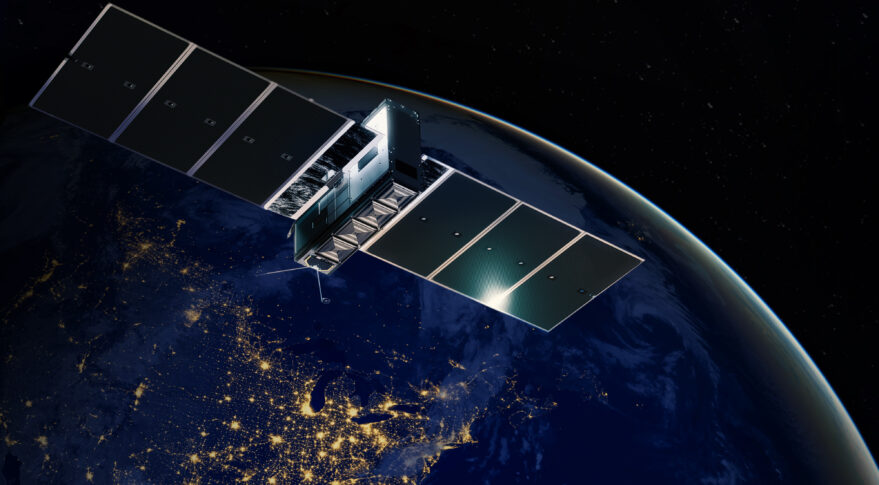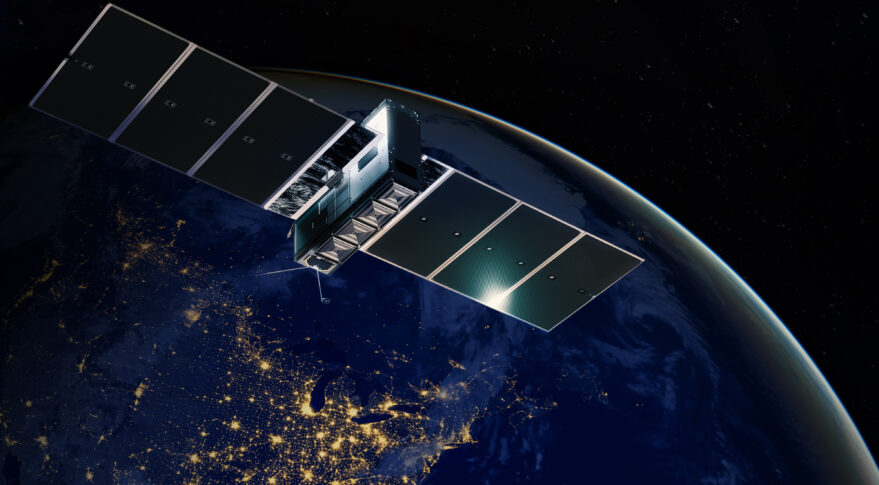
HUNTSVILLE, Ala. — Executives from Lockheed Martin and its venture capital arm will meet next week to discuss investment opportunities, and many of them are likely to come from the space sector, said Lockheed Martin vice president Eric Brown.
Lockheed Martin Ventures on Aug. 3 announced it plans to double investments in tech startups from $200 million to $400 million. Brown, who runs the company’s military space advanced program development, told SpaceNews that “a very sizable portion” of that additional money in the portfolio will be invested in technologies focused on the space domain.
A number of commercial space companies in recent years have benefited from Lockheed’s venture funding, including small satellite manufacturer Terran Orbital, small satellite launcher ABL, satellite refueling startup Orbit Fab, space data relay startup Hedron, and navigation startup Xona Space Systems.
Brown said Lockheed Martin Ventures “needs to behave like a venture capital organization so far as delivering returns, but at the same time it’s looking at technologies that are going to be beneficial to the various missions that Lockheed Martin undertakes.”
In internal discussions on various areas that are candidates for investments, “a lot of the energy has gone into future phenomenologies and future computing,” said Brown. Of particular interest is quantum computing for space-based applications of machine learning and artificial intelligence.
For sensors, the company is interested in nontraditional phenomenologies to capture data from space.
An area of focus is “how we bring together the space piece with weapons systems,” Brown said. “We are looking at advanced processing, computing capabilities that allow you to start taking all of the data that’s formed on orbit and enable other systems in other domains such as the cockpit of an F-35 fighter aircraft or missile systems that Lockheed Martin develops.”
On-orbit logistics is another area where Lockheed Martin is looking for opportunities. The company already is investing in Orbit Fab but also would be interested in satellite-servicing technologies to supplement what Lockheed Martin is already doing with docking technology to make satellites interoperable and easier to update on orbit.
There is a lot of research money going into robotic arms for spacecraft, Brown noted. “That’s great. But if you can’t interface with the satellite, then you’re really just kind of pulling things off and sticking them on the outside.”
In conversations with U.S. military leaders, Brown said he often tries to make the case that DoD should be trying to take advantage of the innovation from startups.
This doesn’t require a major restructuring of programs, Brown said. “It’s really about having enough flexibility in the acquisition processes and adapting, even mid program, to on-ramp new technologies,” he said. In military space programs, “there are plenty of opportunities to on-ramp technologies, versus waiting for the next generation.”
When working with startups, “you’re inherently going to have things that are not as proven and that you want to take some chances on,” he said. “And the government acquisition environment needs to enable that sort of thing.”

